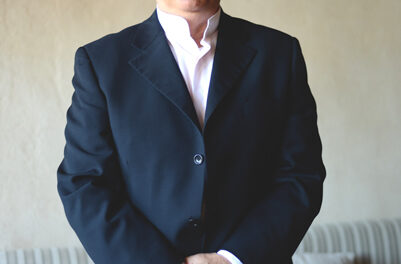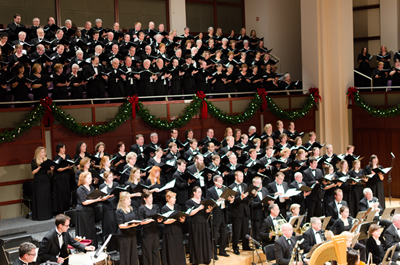North Greenville University (NGU) is a Baptist school in Tigerville, SC that has been recently transformed. As recently as 1991 it was a two-year college, but it now is an accredited four-year school with limited graduate degrees. One growth area has been the School of Music, which now boasts eleven full-time faculty supplemented by a dozen adjunct faculty.
Five of these musicians, performing as the “NGU Chamber Players,” presented a concert on Sunday afternoon at the First Congregational Church in Hendersonville, sponsored by Hendersonville Chamber Music. They were Fabio Parrini (piano), Leslie Taylor Warlick (violin), Michael Weaver (viola), Brenda Leonard (cello) and Brian Gencarelli (string bass), and their purpose was to perform the great Franz Schubert Piano Quintet in A (“Die Forelle” or “The Trout”), which constituted the second half of the program. The first half consisted of four short pieces of chamber music that had been carefully chosen to use the resources at hand.
A student work by sixteen-year-old Gustav Mahler opened the concert, the only completed movement for a Piano Quartet in A minor (piano, violin, viola and cello). Two motifs were passed among the strings; the piano had a sturm und drang passage; there was a solo violin cadenza and an efficient conclusion. While the piece demonstrated that Mahler was a talented student, much greater things were to come later.
Warlick and Weaver played the Rondeau from Mozart’s String Duo No. 1 in G, K. 423. The work, originally presented under Michael Haydn’s name, gives viola and violin almost equal importance. Sometimes the viola provides support under a soaring violin; at other times the violin is adding an obbligato above a sturdy viola theme. It is a true partnership.
Twentieth-century composer William Ryden favors ragtime melodies and dance-based tunes. The string trio of Warlick, Weaver and Leonard delivered four of Ryden’s Tangos (from a larger collection). Each of the four tangos provides a different treatment of the fundamental tango formula. Especially effective were the second (andante) with its extreme accents and the quiet adagietto in which the violin dominates thematically but the other instruments are essential.
Leonard and Parrini finished the first half with David Popper’s Hungarian Rhapsody for cello and piano. Leonard’s singing tone and narrow tasteful vibrato were on display. Deliberate scooping to some high notes accentuated the Magyar style. Both cello and piano showed agility as they accelerated through some “hot paprika” passages, leaving a good taste.
All of this was prologue. Over intermission, the excellent crowd of more than a hundred was abuzz with comments from people anticipating the great Schubert “Trout” Quintet. And they were gratified with a very satisfying performance. Right from the beginning, the piano’s trills and twiddles depict (at least for me) the sparkle at the surface of a trout stream while the bass fiddle indicates the depth of that stream. Schubert knew why he wanted a string bass in this ensemble. The thematic through-writing lends a great unity to the five movements. The fourth movement andantino gives the piece its name; it consists of the theme from Schubert’s lieder “Die Forelle” and five variations on that theme, with every instrument having at least a portion of a variation in which to shine. The final Allegro strikes me as almost Hungarian in its tone.
There were two minor disappointments in the Schubert. There was not unanimity about the tempo of the Trio (the middle section) of the Scherzo. Parrini was urging the ensemble to go faster, which seems right to me, but somehow the strings did not respond. And the church’s grand piano was simply not up to the standards of rich tone that the string players provided. NGU is now an “all-Steinway” school. It is too bad that Parrini had to make do with a Baldwin for this concert.
I look forward to future appearances of musicians from NGU












